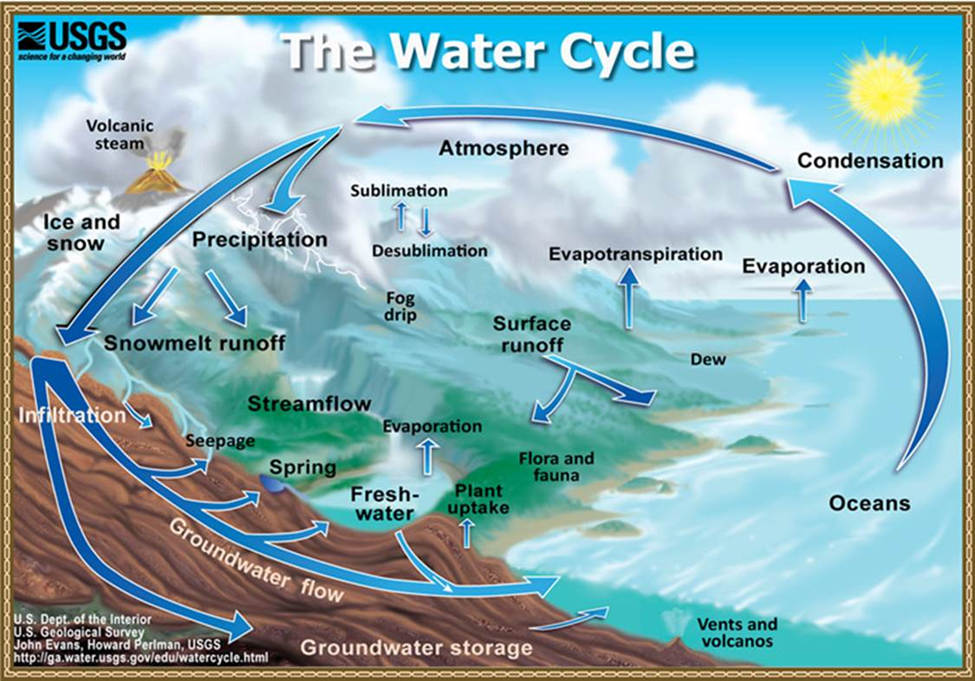Posted by Rich Roth, President & CEO
Beyond imposing conservation mandates and monthly water use allocations, you may be wondering what other options we may have to ensure future water supply reliability. Clearly more needs to be done to ensure that adequate and reliable water supplies are available to Silicon Valley. Developing new water supplies is therefore critical for our region and our state.
Recycled water has long been employed for both industrial cooling purposes and for irrigation uses. Expanding its use to include indirect potable recharge (IPR), a process by which recycled water is injected into the underground and later extracted for potable use, offers the most near-term promise as a source for new water supplies. There is much support from customers, regulators, and other stakeholders to fast-track delivery of this cost-effective water supply solution.
Accordingly, San Jose Water is working closely with the Santa Clara Valley Water District, the City of San Jose, and others to fast-track the delivery of not only recycled water projects but also an IPR solution. San Jose Water believes that leveraging the resources and expertise of both the public and private sectors through innovative public-private partnerships, will provide the most expeditious and cost-effective delivery method for projects that help ensure water supply reliability.
Longer term, direct potable reuse, whereby advanced treated wastewater is mixed with untreated water and further treated before it is delivered to your tap, demands serious consideration. Regulations and policies are currently being considered to allow for this solution.
If the thought of consuming recycled water gives you pause, consider that in reality virtually all water is recycled. As illustrated below, the mass of water on Earth has remained fairly constant over time but the partitioning of the water into the major reservoirs of ice, fresh water, saline water and atmospheric water is variable depending on a wide range of climatic variables. Water moves from one reservoir to another, such as from river to ocean, or from the ocean to the atmosphere, by the physical processes of evaporation, condensation, precipitation, infiltration, runoff, and subsurface flow. In doing so, the water goes through different phases: liquid, solid (snow and ice), and gas (vapor). In other words, the same water we consume today will be consumed by future generations.
Beyond recycled water, desalination remains a viable option for ensuring the state’s water supply reliability. Many communities, most notably Santa Barbara, San Diego, and Monterey, are building desalination facilities to tap this nearly unlimited resource to help meet their water supply needs.
For almost 150 years, San Jose Water has provided safe, reliable, and high-quality water and delivered exceptional customer service. We remain committed to this mission and to working with the Santa Clara Valley Water District and other public entities to ensure future reliable water supplies.
